Przeglądaj według tytułu
Wyświetlanie pozycji 409-428 z 738
-
Nine Years of African Swine Fever in Poland
(MDPI, SWITZERLAND, 2023)Background: African swine fever (ASF) is a highly contagious and fatal haemorrhagicdisease in domestic pigs and wild boars, causing significant economic loss to the swine industry in theEuropean Union. The genotype II of ... -
No evidence of Mycobacterium tuberculosis complex infection in samples from cervids in various regions of Poland
(INST AGRICULTURAL MEDICINE, 2023)Introduction. Tuberculosis (TB) is a widespread disease known to affect livestock and wildlife, as well as humans. However, its incidence in wildlife remains poorly recognized on the global level. In Europe, the majority ... -
Non-Invasive Sampling in the Aspect of African Swine Fever Detection—A Risk to Accurate Diagnosis
(MDPI, Switzerland, 2022)African swine fever remains one of the most economically important and dangerous diseases of the Suidae family. Until now, neither a safe vaccine nor a treatment against ASF has been available, which is why prevention of ... -
Nosema Ceranae Interactions with Nosema apis and Black Queen Cell Virus
(MDPI, 2021)Nosema ceranae is a relatively new pathogen of the honeybee (Apis mellifera) and the course of type C nosemosis (the disease that it causes) is not entirely known. In order to better understand the course and the consequences ... -
Novel indices reveal that pollinator exposure to pesticides varies across biological compartments and crop surroundings
(Elsevier, 2024)Declines in insect pollinators have been linked to a range of causative factors such as disease, loss of habitats, the quality and availability of food, and exposure to pesticides. Here, we analysed an extensive dataset ... -
Nowoczesne technologie - strategie, rozwiązania i perspektywy rozwoju
(Wydawnictwo Naukowe TYGIEL sp. z o.o., 2021) -
Nowoczesne technologie w ochronie zdrowia świń
(Apra-wetpress s.c., 2021)Niedobór siły roboczej jest jednym z głównych problemów współczesnej produkcji trzody chlewnej. Gospodarstwa utrzymujące świnie, również w Polsce, borykają się z problemem znalezienia wykwalifikowanych pracowników. Koszty ... -
Nowoczesne technologie – strategie, rozwiązania i perspektywy rozwoju
(Wydawnictwo Naukowe TYGIEL sp. z o.o., 2021)Zielona chemia to wdrażanie rozwiązań w zakresie chemii mających na celu ograniczenie lub wyeliminowanie wytwarzania surowców, produktów, rozpuszczalników i odpadów, które są niebezpieczne dla zdrowia ludzkiego i środowiska. ... -
Nutritional stress exacerbates impact of a novel insecticide on solitary bees' behaviour, reproduction and survival
(Royal Society, 2022)Pesticide exposure and food stress are major threats to bees, but their potential synergistic impacts under field-realistic conditions remain poorly understood and are not considered in current pesticide risk assessments. ... -
Obecna sytuacja w produkcji drobiu wodnego z punktu widzenia lekarza weterynarii
(Przedsiębiorstwo Wielobranżowe BEGEPO Sp. z o.o., 2024) -
Obiektywne i faktyczne spojrzenie na produkcje drobiu w aspekcie dobrostanu – cz.I
(Przedsiębiorstwo Wielobranżowe BEGEPO Sp. z o.o., 2024) -
Occurrence and antimicrobial resistance of enterococci isolated from goat's milk
(National Veterinary Research Institute in Pulawy, 2021)Enterococci are widespread, being part of the bacterial flora of humans and animals. The food chain can be therefore considered as the main route of transmission of antibiotic resistant bacteria between the animal and human ... -
Occurrence and dietary intake of dioxins, furans (PCDD/Fs), PCBs, and flame retardants (PBDEs and HBCDDs) in baby food and infant formula
(ELSEVIER, 2023)This study determines the levels of 49 persistent organic pollutants which were grouped into polychlorinated dibenzo-p-dioxins (PCDDs), polychlorinated dibenzofurans (PCDFs), polychlorinated biphenyls (PCBs), polybrominated ... -
Occurrence and ecotoxicological risk assessment of pharmacologically active dyes in the environmental water of Poland
(Pergamon-Elsevier Science LTD, England, 2023)The interest in the fate of pharmacologically active substances (PASs) in the aquatic environment continually increases. However, little is known about pharmacologically active dyes (PADs) as contaminants of water bodies.PADs ... -
Occurrence of bovine coronavirus and other major respiratory viruses in cattle in Poland
(National Veterinary Research Institute in Pulawy; Poland, 2022)Introduction: Bovine coronavirus (BCoV) is a causative agent of enteric and respiratory diseases in cattle. Despite its importance for animal health, no data is available on its prevalence in Poland. The aim ... -
Occurrence of Campylobacter in faeces, livers and carcasses of wild boars hunted in Tuscany (Italy) and evaluation of MALDI-TOF MS for the identification of Campylobacter species
(MDPI, 2023)A total of 193 wild boars hunted in Tuscany, an Italian region with a high presence of wildungulates, were examined to assess the occurrence of Campylobacter species in faeces, bile, liver and carcasses, with the aim of ... -
Occurrence of emerging ruminant viruses in goats in Poland
(PAN, University of Warmia and Mazury, Olsztyn, 2023)Health status of Polish goat population in regard to the viral diseases remained mostlyunknown. In order to determine serological status of Polish goats for selected emerging ruminantviruses, 365 serum samples collected ... -
Occurrence of Equine Foamy Virus Infection in Horses from Poland
(MDPI, SWITZERLAND, 2022)Equine foamy virus (EFVeca) is a foamy virus of non-primate origin and among the least-studied members of this retroviral subfamily. By sequence comparison, EFVeca shows the highest similarity to bovine foamy virus. In ... -
Occurrence of Eucoleus aerophilus in wild and domestic animals: a systematic review and meta‑analysis
(BIOMED CENTRAL LTD, 2023)Background Eucoleus aerophilus (syn. Capillaria aerophila) is a nematode with a worldwide geographical distribution.It causes a disease called lung capillariosis by affecting the respiratory tract of wild and domestic ...
